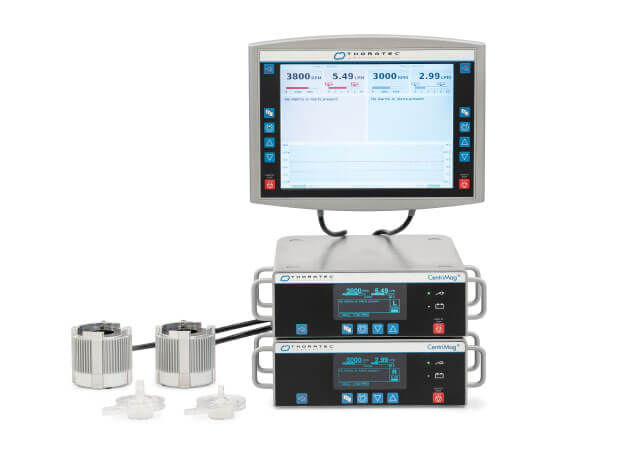
Abstract
Acute myocardial infarction-related cardiogenic shock (AMI-CS) carries a dismal prognosis. Short-term mortality is in the range of 40–50% [1]. Until recently, only treatment of the culprit lesion by percutaneous coronary intervention (PCI) reduced mortality within randomized controlled trials (RCT) [1]. High expectations have been placed on venoarterial extracorporeal membrane oxygenation (VA-ECMO) and its use has risen by up to 40 times in the last decade despite a lack of relevant evidence from RCTs [2]. The concept is to provide temporary partial or complete circulatory and also respiratory support during the critical first days as a bridge-to-recovery, bridge-todecision, bridge-to-durable left ventricular assist device (LVAD), or bridge-to-transplantation.
